How To Remove Milkstone
In Mastering Artisan Cheesemaking, Gianaclis Caldwell hammers home the importance of properly cleaning cheesemaking equipment in order to prevent milkstone, the calcium deposit that will, she warned, eventually build up on your cheesemaking equipment. But I ignored her. Hot water and soap was all I used and it seemed to do the job just fine.

That is until a few months back when I suddenly noticed some rough white patches forming on my largest, and most-used, cheese mold.
Ah, so this is milkstone, I thought. Interesting.
Over the next few months, the milkstone rapidly spread and intensified until the plastic felt almost entirely rough to the touch and I began to wonder how much longer I’d be able to actually use the mold. Would the cheesecloth begin to stick to the plastic? Would it become harder to slide the cheeses in and out of the mold? Could I remove the milkstone now that it was this bad? Would I be better off just buying a new one?

After doing a bunch of research, I ordered a bottle of 75% food-grade phosphoric acid cleanser (which wasn’t cheap). I wasn’t sure I’d be able to salvage my main mold, but I figured I could at least give all my other equipment a preventative spa acid treatment.
The acid came with lots of warnings and not many instructions, so my dad did some research on my behalf and sent me a couple notes:
- Only add acid to water, never add water to acid.
- Phosphoric acid on skin is very, very bad. Store the bottle of acid in the plastic bag.
- Don’t use the acid on #4 plastic.
- From a Rustoleum site: Dilute phosphoric acid 15 parts water to 1 part cleaner. For stronger solutions, reduce the water to as low as 3 parts. Allow the solution to dwell on the surface for 1-5 minutes while agitating with a brush. Do not allow the solution to dry on the surface.
All the warnings were making me nervous, so I decided there was only one thing to do: open the bottle of acid and get on with it.

I put on an apron, dug a pair of gloves out of the back of my husband’s work truck, put on my reading glasses for eye protection (and so I could see), and then, when I realized bare arms weren’t the smartest, had my husband tuck me into a sweatshirt.
I measured water into a glass baking dish, added acid, and then put the mold’s plastic follower face down in the solution. Five minutes later and the milkstone brushed right off!

Cleaning the mold itself took a little longer, since I had to keep spinning and soaking it, and then scrubbing it. My husband used toothpicks to chip the milkstone out of the holes, and then he rinsed the pieces under tap water. I washed them, just to be sure they were totally clean, and then I diluted the acid solution with lots of water and poured it down the drain. (I just read now that it also makes a good garden fertilizer.)

And as for the mold itself? It was so smooth it was positively silky. In fact, if I didn’t know better, I’d think it was brand spanking new! We couldn’t get over it.

How To Remove Milkstone
Wear plastic gloves, eye protection, and a long-sleeve shirt.
2 cups (473 ml) cool tap water
2 tablespoons (30 ml) 75% food-grade phosphoric acid
Pour the water in a glass pan. Slowly add the acid. It may fizzle and pop a little.
Place the cheesemaking equipment in the solution and let it soak for a couple minutes. Using a brush, gently and carefully (so you don’t spatter yourself) scrub the milkstone. If it doesn’t come off fairly easily, soak it for a few more minutes. Repeat the soaking and scrubbing until all the milkstone is gone. As the milkstone dissolves, the acid solution will become cloudy.
Transfer the cleaned pieces of equipment to a metal bowl. Rinse the pieces thoroughly, and then wash them well with soap and hot water.
Dilute the acid solution with lots of water and wash it down the drain.
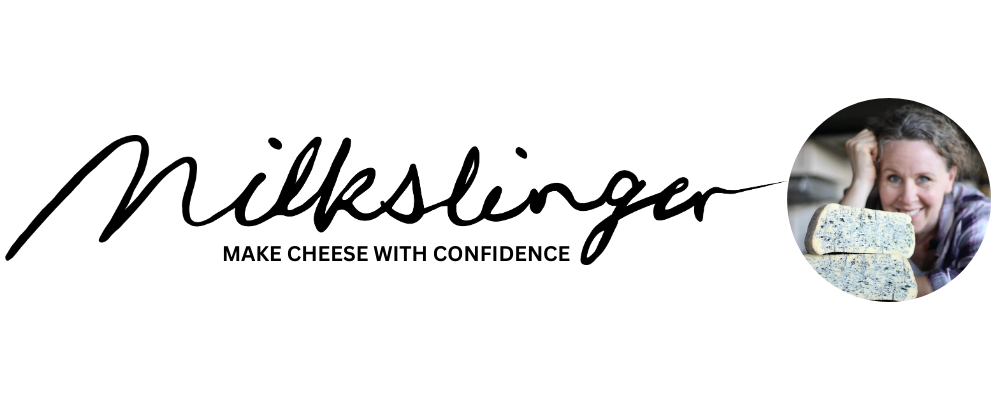
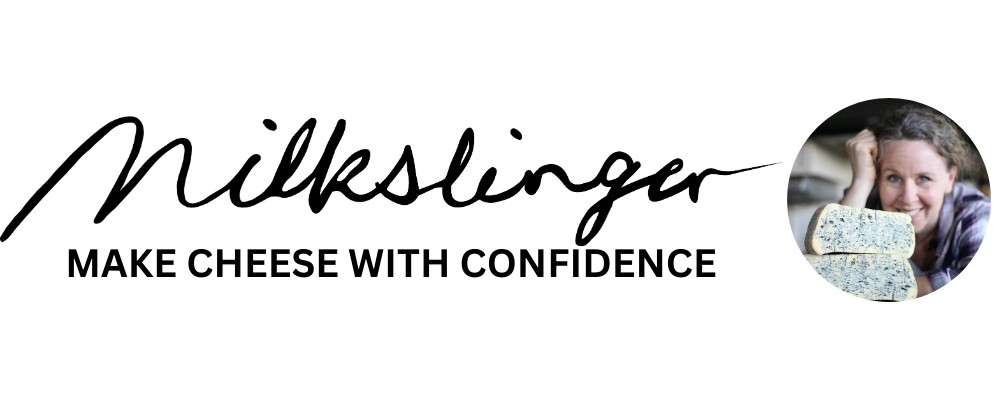
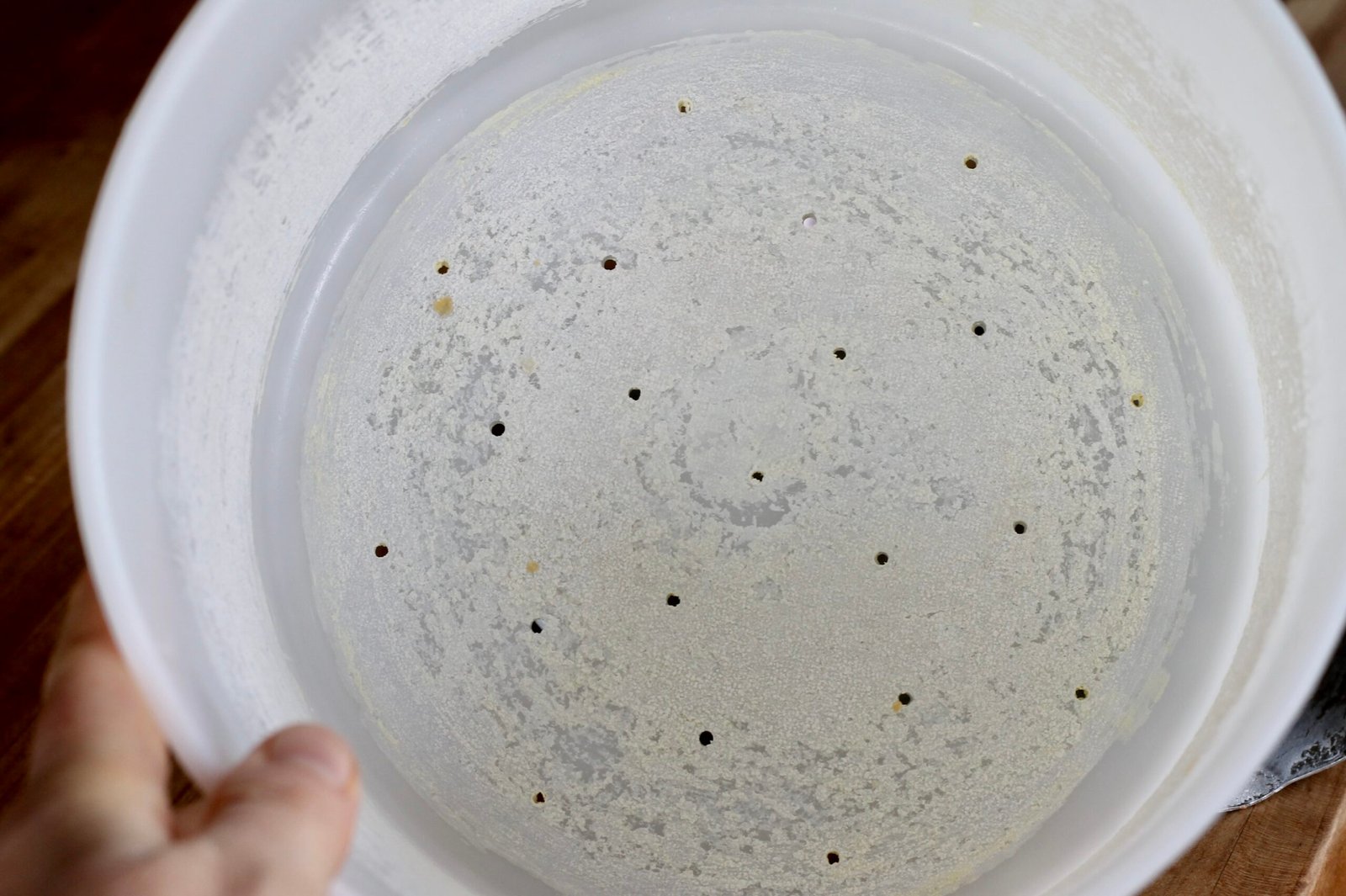
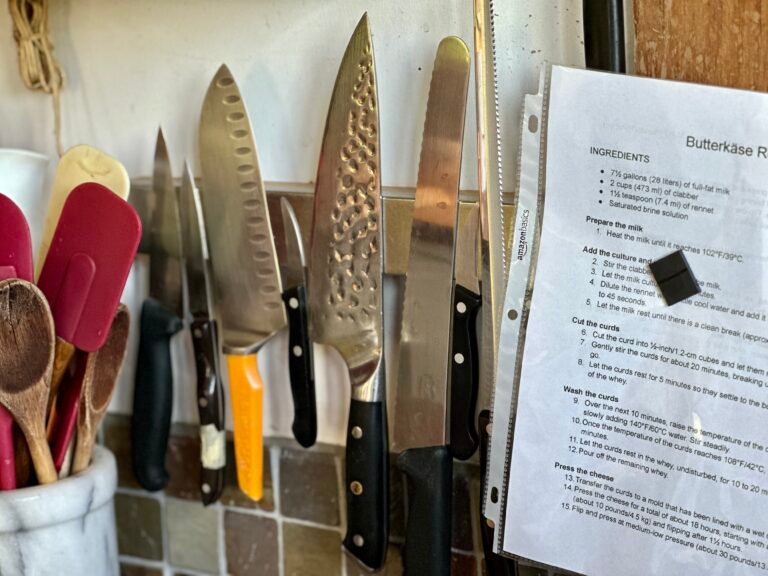
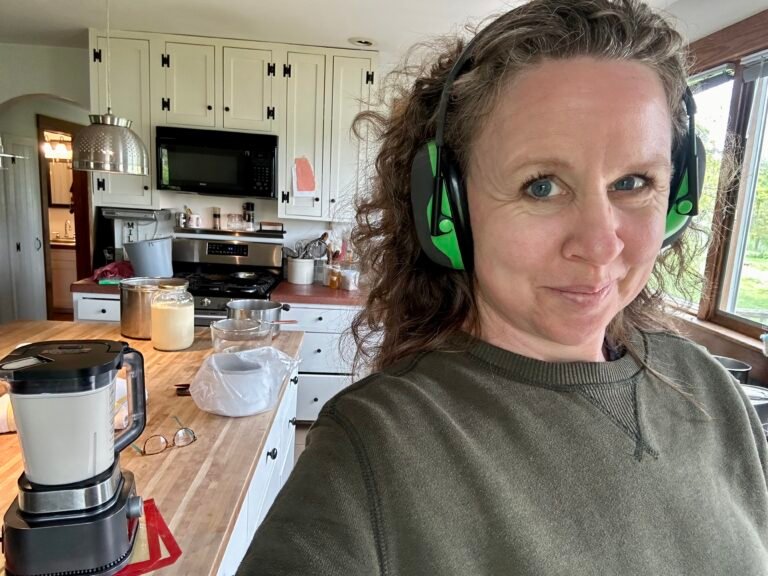

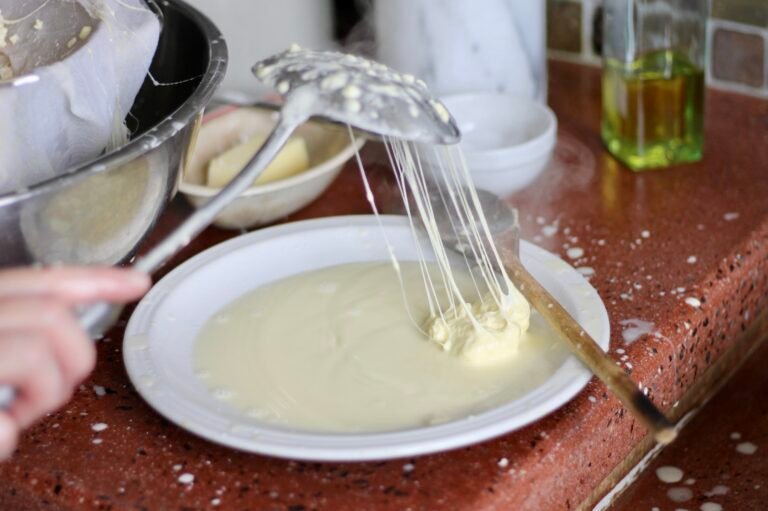
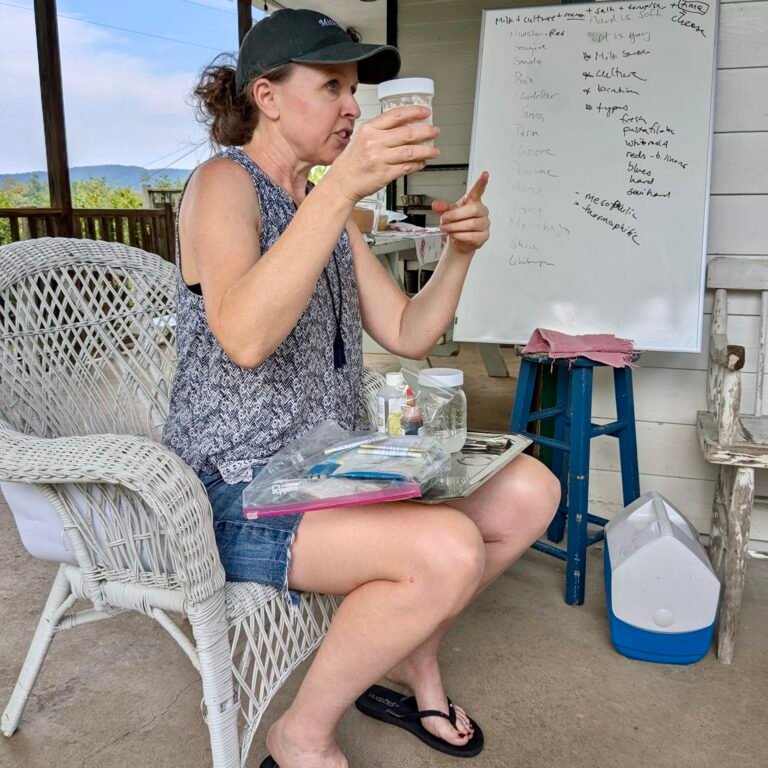
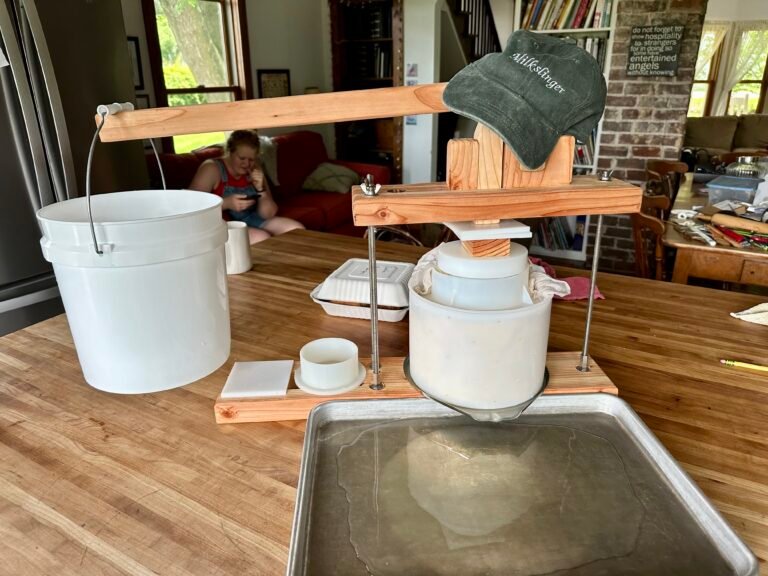
Glad you could save your mold. What was the procedure to avoid the buildup in the first place, if I may ask?